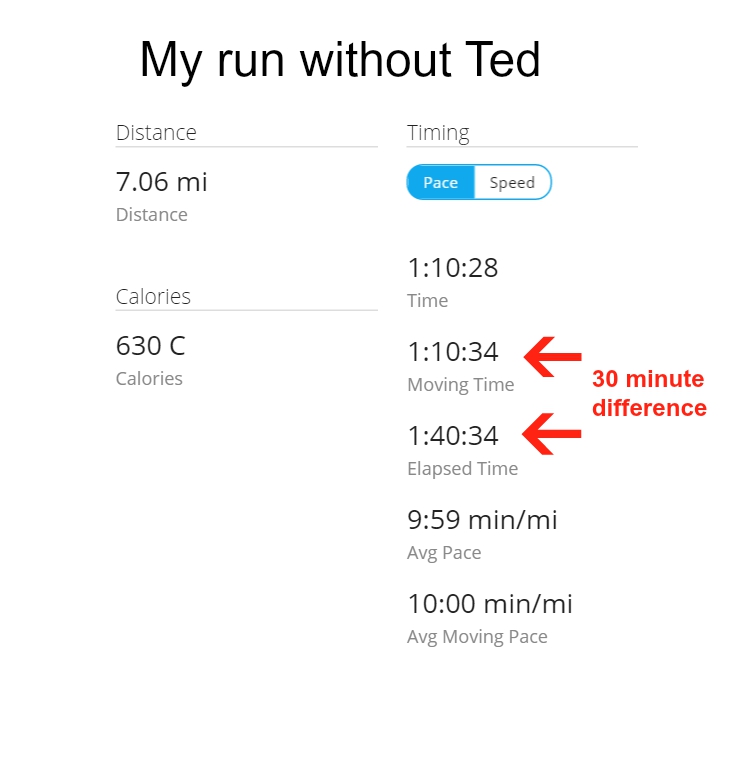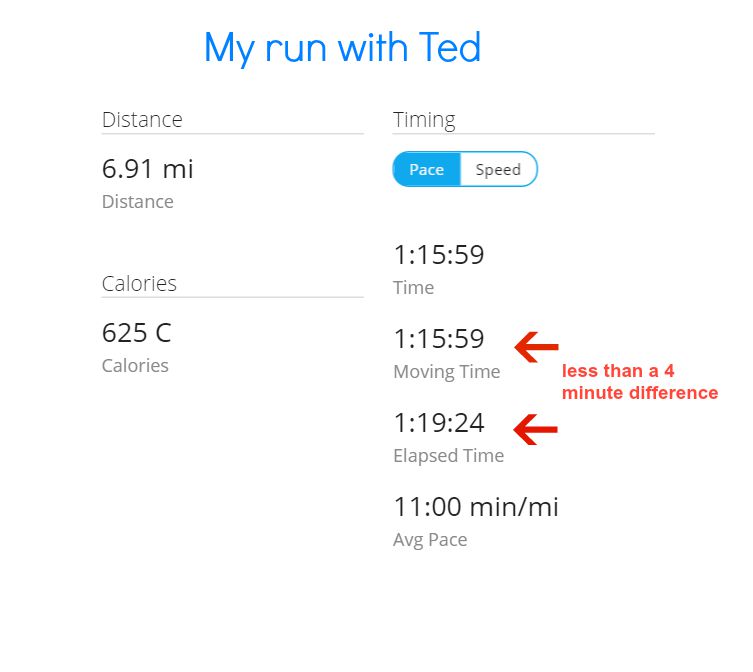
I’m having a tough time with running right now.
I’m running more miles per week than ever before (25-30) and trying to run my shorter runs faster. Every time I run, I run on tired legs. Every time I push the pace, it feels like I’m slogging through mud.
I’m exhausted from the amount of running combined with a busy fall schedule. Preschool phase in last week had me picking up and dropping off the kids at different times, so I had to be at school 4 times within the space of three and a half hours, and fit my running in between. Volunteer commitments for the mother’s forum, which I LOVE had me attending 4 events in the last 10 days, one of which I hosted. I fell asleep Saturday afternoon for two hours, and I’m NOT into naps.
I saw my running shadow yesterday and it looked so… sad. My shadow was not running. My shadow was jogging, and it was a sad, effort-filled jog.
I miss heading out with fresh legs and getting into the flow of running. I struggle to complete each run.
I write this not because I enjoy admitting that I feel defeated and exhausted, but because I know it’s ok to feel this way. Voicing the challenges associated with this difficult point in my training will make it even better when I run that half marathon in November and look back at this week with gratitude.
I can feel discouraged, exhausted and defeated. I can feel frustrated with the fact that I don’t yet see returns on my efforts because I’m still in the middle of training. It’s fine to feel this way, and it doesn’t mean I don’t also feel hope and excitement.
When I think of the effort I’m putting into this training cycle, I know that whatever happens on race day was earned.
I can picture the way it will feel when I grit my teeth keeping pace up those hills between miles 8 and 11 of the Chilly Half Marathon, feeling the fatigue in my legs and knowing I can tell them to keep going anyway, and they will.
I can picture the thrill of standing at the starting line with legs that have been tapering, ready to put forth my best effort, knowing I won’t feel fatigue until towards the end of the race because I will be ready.
I can picture the way it will feel when I cross that finish line and reap the rewards from all the time and effort I’ve put in this fall.
Not all training weeks will feel this hard. Not all weeks will have this many events, or a challenging schedule. But by bearing down and making it through these weeks, I reap the rewards of my running training, being part of a great volunteer organization, and having happy and well adjusted kids who had the time they needed to phase in to preschool.
So I will survive the weeks I need to survive, because weeks where I thrive are around the corner!

















